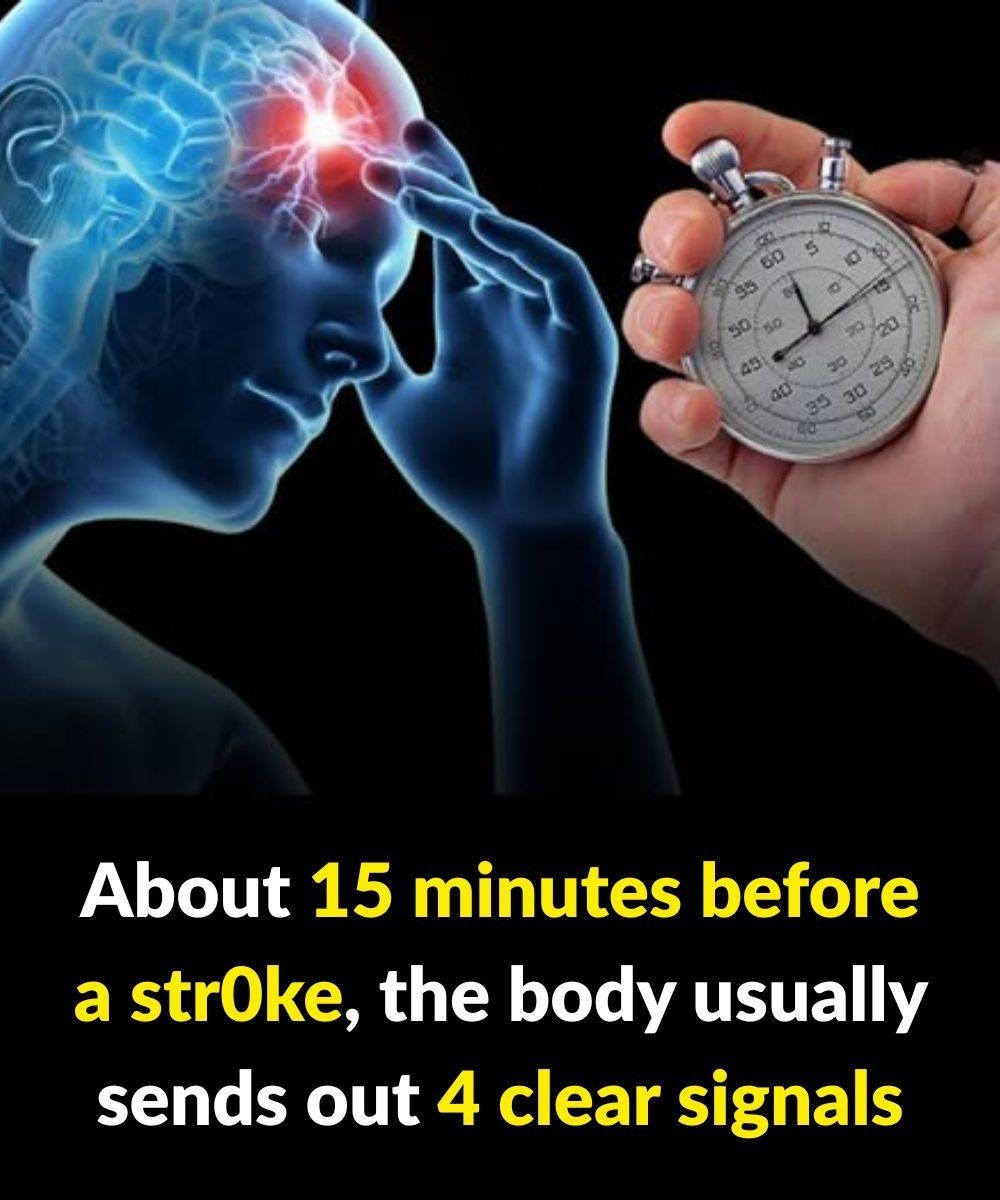Also called cerebral infarction, it accounts for 85% of stroke cases . It is therefore the most common type of stroke. If the artery that supplies blood to the brain becomes clogged with cholesterol-rich plaque (atherosclerosis), it is cerebral thrombosis. If it’s a blood clot obstructing it, it’s called a cerebral embolism.
hemorrhagic stroke
Less common, hemorrhagic stroke affects 15% of stroke cases. The main cause comes from a ruptured aneurysm. According to the Ministry of Health , “tumours, hypertensive crises and various bleeding disorders can also lead to cerebral hemorrhages”.
Transient Ischemic Attack (TIA)
This third type of cerebral accident is not a stroke in the proper sense. Indeed, it is called a transient ischemic attack if the element that blocks the artery resolves itself , without leaving any sequelae. As for the symptoms, if they are identical to those of a stroke , their duration does not exceed a few seconds or even a few minutes, and then they completely disappear. It is for these reasons that transient ischemic attack (TIA) is difficult to detect and can even be assimilated to a malaise. But it is important to remain vigilant and contact 15 if this happens, as it still carries a risk of stroke .
To help with the rapid management of a stroke, discover the warning signs that can detect a stroke , a month before it occurs
